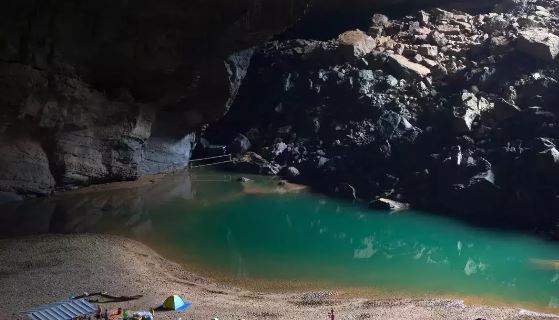
We are always in search of places most unique, and this time, our search brought us closer to the world of microclimates. Understanding microclimate is a journey in itself, and an incredibly fun one at that.
Did you know that there are certain expansive areas across the globe that exhibit their own distinct weather systems due to their immense scale and unique geographical features?
Yes, you read that right. You may be experiencing one weather condition in a particular place, then you move to a nearby place and find out that it’s completely different there – weather-wise. What sorcery!
These regions, characterised by varied topography and environmental conditions, give rise to something that’s called microclimates or mesoclimates that differ significantly from the surrounding areas. Whether it’s towering mountain ranges generating precipitation on their windward slopes, islands with diverse landscapes creating a range of climatic zones, urban centres forming heat islands with altered wind patterns, expansive deserts experiencing extreme temperature differentials and sporadic precipitation, or vast bodies of water moderating temperatures and generating localised weather phenomena, these places demonstrate the intricate interplay between geography and weather patterns on a grand scale.
With Earth so big, there is no dearth of such places. But we found Vietnam’s Son Doong Cave and the Congo Rainforest the most fascinating. Here’s why
Son Doong Cave’s own weather system
Hang Son Doong Cave is not only the world’s largest cave, it also boasts its own unique weather system and climate, independent of the external Phong Nha climate. For those curious, Son Doong Cave is located inside Phong Nha-Kẻ Bàng National Park in Bố Trạch District, Quảng Bình Province, Vietnam. With a length of approximately 9 kilometres, Son Doong Cave stands as a colossal natural wonder. At certain points, its height reaches a staggering 200 metres, while its width spans an impressive 160 metres. The cave is spacious enough to accommodate structures towering to the equivalent of 40 storeys.
Inside Son Doong Cave, one experiences seasonal variations. From February to April, visitors can expect clear views with sunlight penetrating collapses, creating enchanting scenes despite the chilly temperatures. In June to August, clouds form, especially near the first campsite, Doline 1, and Doline 2, due to the underground river emitting heat, resulting in steam and clouds. Rainy days bring clear conditions inside but also unveil stunning waterfalls cascading from cracks in the cave roof. Winter brings cool winds, providing guests with an experience of changing seasons within the cave. What makes this more interesting is the fact that the weather outside might be the complete opposite.
Congo Rainforest’s localised rainfall
Spread across a massive area of 500 million acres, Congo Rainforest is the second-largest rainforest in the world. The Congo rainforest, one of the Earth’s most biodiverse ecosystems, possesses a remarkable ability to generate its own rainfall during the spring season. This phenomenon, known as biotic pumping, occurs as the vast expanse of dense vegetation within the rainforest releases moisture into the atmosphere through transpiration.
As temperatures rise with the onset of spring, the forest canopy becomes increasingly active, facilitating the evaporation of water from plant leaves. This process saturates the air with moisture, ultimately leading to the formation of clouds and subsequent precipitation. The Congo rainforest’s capacity to self-regulate its hydrological cycle not only sustains its lush vegetation but also contributes to regional climate patterns, highlighting the critical role of forests in maintaining environmental balance.
There are several places around the world where we get such unique experiences. These places not only inspire us to keep travelling and exploring new places, but they also make for great travel stories.

